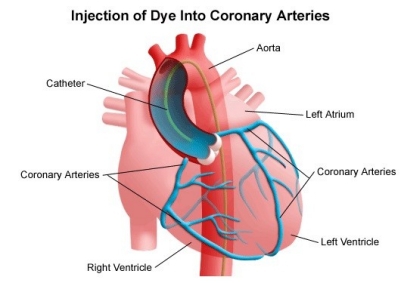Cardiac Services

Cardiac-specific processes and treatments may become necessary should a patient experience
irregular/abnormal heartbeats — such as arrhythmias — or should the physician suspect the
patient may be living with a condition that impacts the heart and/or blood vessels.
Thus, our team provides several cardiac services aimed at diagnosing and easing one’s
condition(s).
About Cardiac Loop Recorders
A cardiac loop recorder — also referred to as an implant loop recorder (ILR) — is a small device
designed to record a patient’s abnormal heartbeats for diagnostic and management purposes.
Specifically, this small electrocardiogram (ECG) device is activated and records the patient’s
heartbeat when it falls either above or below a certain heart rate threshold. Patients may also
manually activate the recording process if they begin to experience heart-related symptoms.
Most commonly, cardiac loop recorders are utilized when a patient experiences seizures,
fainting, or even strokes as a result of abnormal heart rhythms. However, for patients who
experience these symptoms infrequently, the cardiac loop recorder is also an ideal monitoring
device in that it may remain in place for up to two or three years.
Loop Recorder Insertion
Insertion of the loop recorder does not require surgery or direct connection to the heart itself,
nor does it typically require patient sedation.
Rather, the physician will inject a local anesthetic into the skin of the implantation site — most
often on the upper left breastbone — and then create a small incision of about one to two
inches. They will then insert the loop recorder subcutaneously, or beneath the skin, and close
the incision with dissolvable stitches.
Patients will be able to return home the same day as their procedure and will find that they can
go about their life largely unimpeded by the device while it is in place.
Loop Recorder Removal
Loop recorder removal will proceed similarly to that of loop recorder insertion.
Namely, the physician will first inject a local anesthetic around the area of the device itself prior
to making an incision. Then, with sterile tweezers, they will remove the loop recorder and close
the incision with dissolvable stitches.
Following the removal process, patients may experience some mild pain, discomfort, or
soreness around the procedure area, though they will be able to resume their activities as usual
fairly quickly.
Transesophageal Echocardiography (TEE)
Should a standard echocardiogram not yield desired results, your physician may instead decide
that a transesophageal echocardiographic test, or TEE, is necessary in order to obtain more
details.
This procedure typically takes no longer than an hour.
Patients can expect to be provided with numbing sprays and solutions for their throat. Then,
once the team has applied electrodes and an arm cuff to monitor both the patient’s heartbeat
and blood pressure, they will insert an IV through which the patient will receive a mild sedative.
Finally, the physician will insert a tube with a transducer down the patient’s throat and into their
esophagus, which will utilize ultrasound technology to generate images of the patient’s heart,
blood vessels, and surrounding tissue in real-time.
Cardioversion
Cardioversion is a procedure wherein the physician will return a patient’s irregular heartbeat to a
more stable rhythm.
The are two forms of cardioversion our team offers:
● Direct Current Cardioversion (DCCV), or electrical cardioversion, utilizes a defibrillator to
deliver a shock to the heart and restore a regular heart beat. In most cases, this form of
cardioversion is used for patients experiencing:
○ Atrial Fibrillation
○ Atrial Flutter
○ Supraventricular Tachycardia
● Chemical Cardioversion involves the administration of medicine (Adenosine) through an
IV to restore a patient’s heartbeat, rather than the use of electricity. This form
cardioversion can also be used for all of the aforementioned arrhythmias.
